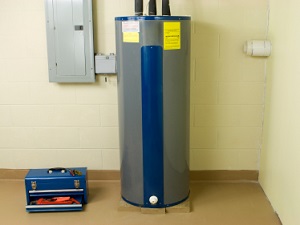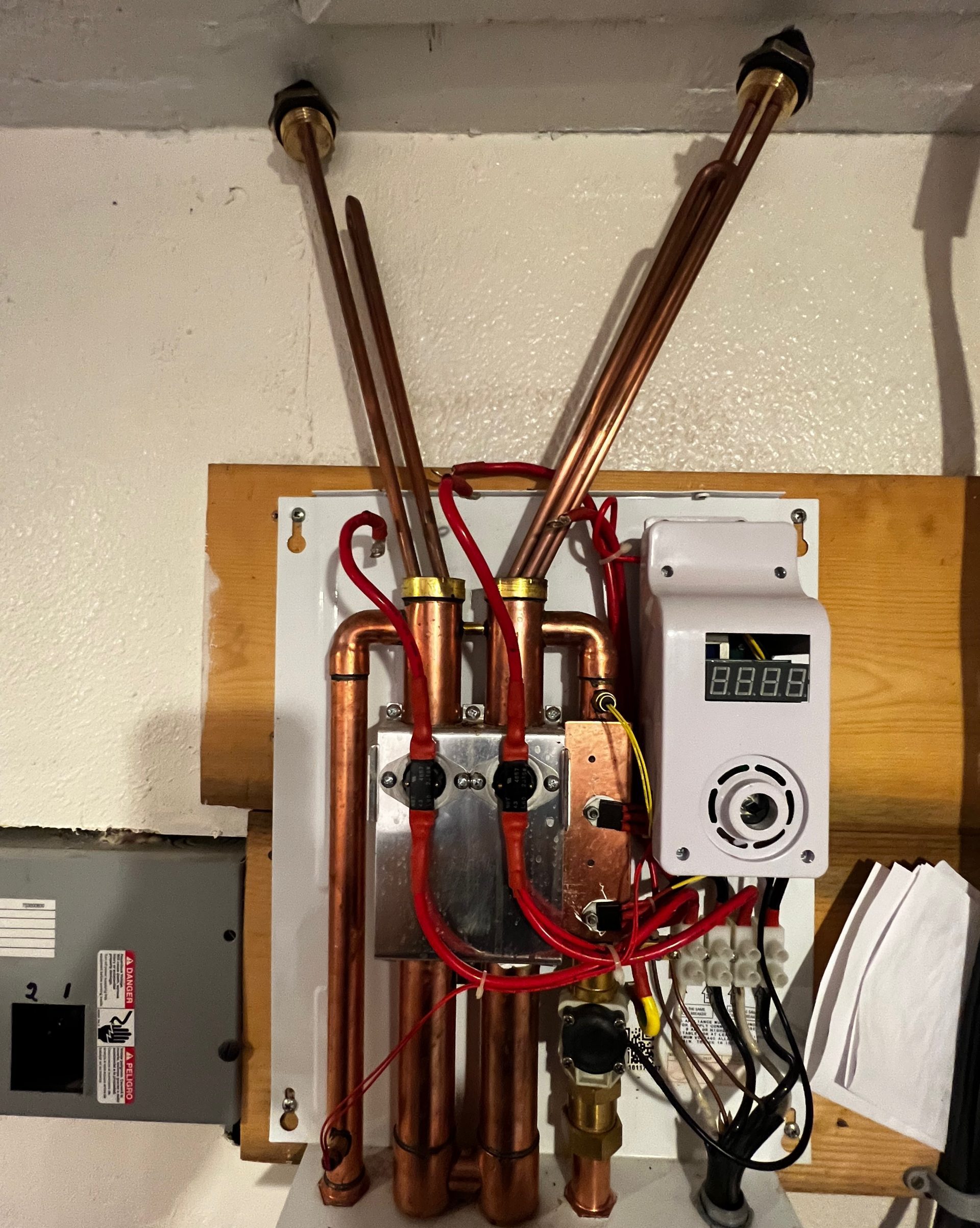In this article underneath you'll find some first-rate resources concerning Tips on Maintaining a Water Heater.

Hot water is crucial for day-to-day comfort, whether it's for a refreshing shower or washing dishes. To ensure your warm water system runs effectively and lasts longer, normal maintenance is key. This write-up offers practical ideas and insights on just how to preserve your home's hot water system to prevent disturbances and costly fixings.
Introduction
Keeping your home's hot water system may seem overwhelming, however with a couple of basic steps, you can guarantee it operates efficiently for years to find. This guide covers every little thing from understanding your hot water system to do it yourself maintenance pointers and knowing when to call specialist assistance.
Relevance of Preserving Your Warm Water System
Regular upkeep not only prolongs the life-span of your hot water system yet also guarantees it runs successfully. Overlooking upkeep can result in decreased performance, greater power bills, and also premature failing of the system.
Indications Your Warm Water System Requirements Maintenance
Understanding when your hot water system needs focus can avoid significant issues. Keep an eye out for indications such as irregular water temperature, unusual sounds from the heating unit, or corroded water.
Flushing the Hot Water Heater
Flushing your water heater gets rid of sediment accumulation, improving effectiveness and lengthening its life.
Checking and Replacing Anode Rods
Anode poles avoid deterioration inside the tank. Checking and changing them when broken is important.
Facility Issues Needing Specialist Help
Instances consist of significant leaks, electric problems, or if your water heater is continually underperforming.
Routine Expert Upkeep Benefits
Expert maintenance can consist of detailed evaluations, tune-ups, and making sure conformity with safety requirements.
Evaluating and Readjusting Temperature Level Setups
Adjusting the temperature setups makes certain optimal performance and security.
Do It Yourself Tips for Upkeep
You can perform numerous maintenance tasks yourself to keep your warm water system in leading problem.
Checking for Leaks
Regularly inspect pipes and connections for leaks, as these can cause water damages and greater costs.
Comprehending Your Warm Water System
Prior to diving right into upkeep jobs, it's helpful to understand the fundamental elements of your hot water system. Usually, this consists of the hot water heater itself, pipelines, anode poles, and temperature level controls.
Month-to-month Upkeep Tasks
Normal month-to-month checks can assist capture small problems prior to they intensify.
Checking Stress Alleviation Valves
Checking the pressure relief valve ensures it functions correctly and prevents excessive pressure buildup.
Shielding Pipelines
Protecting warm water pipes decreases warm loss and can save energy.
When to Call a Professional
While DIY maintenance is beneficial, some concerns call for expert know-how.
Final thought
Routine maintenance of your home's hot water system is essential for efficiency, long life, and expense savings. By following these tips and recognizing when to look for expert assistance, you can ensure a trusted supply of warm water without unforeseen interruptions.
How to Maintain an Instant Hot Water Heater
Before tinkering with your hot water heater, make sure that it’s not powered on. You also have to turn off the main circuit breaker and shut off the main gas line to prevent accidents. Also turn off the water valves connected to your unit to prevent water from flowing into and out of the appliance. 2. When you’re done, you have to detach the purge valves’ caps. These look like the letter “T” and are situated on either side of the water valves. Doing so will release any pressure that has accumulated inside the valves while at the same time avoid hot water from shooting out and burning your skin. 3. When the purge valves’ caps are removed, you have to connect your hosing lines to the valves. Your unit should have come with three hoses but if it didn’t, you can purchase these things from any hardware or home repair shops. You can also get them from retail stores that sell water heating systems. Read the user’s manual and follow it to complete this task properly. When the hosing lines are connected, open the purge port’s valves. 4. You should never use harsh chemical cleaners or solutions when cleaning your unit. Make use of white vinegar instead. It should be undiluted and you’ll probably use about 2 gallons. 5. Now flush your water heater. This task should probably take about 40 minutes. We can’t give you specific directions for this because the procedure is carried out depending on the type, model and brand of your heater. With that being said, refer to the user’s manual. 6. When you’re done draining the unit, you have to turn off the purge port valves again. Remove the hosing lines that you earlier installed on each of the water valves. Put the valve caps (purge port) back in their respective places and be very careful so as not to damage the rubber discs that are found inside these caps. 7. Now that everything’s back in place, check your user’s manual again to find out how to reactivate your water heating system. 8. Once it is working, turn one of your hot water faucets on just to let air pass through the heater’s water supply pipes. Leave the tap on until water flows smoothly out of it. https://www.orrplumbing.com/blog/2014/september/how-to-maintain-an-instant-hot-water-heater/

I stumbled upon that article about How to Maintain a Hot Water Heater in a Few Simple Steps when doing a search on the internet. Feel free to pause to distribute this blog post if you enjoyed it. I enjoy your readership.
This Website